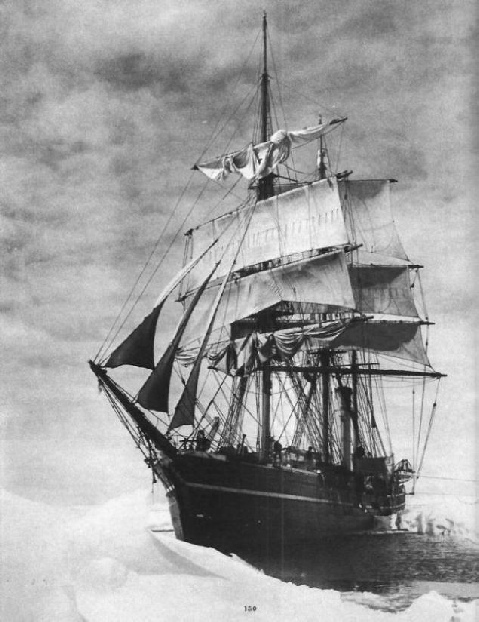
© Shipping Wonders of the World 2012-



Part 5
Part 5 of Shipping Wonders of the World was published on Tuesday 10th March 1936.
It was a standard issue of 32 pages.
It included a centre photogravure supplement featuring some Famous Ships, complementing the article on the RMS Empress of Britain.
The Cover
Many readers will have recognized the superb ship on the front cover this week. She is the Empress of Britain, specially flood-lit. There is a chapter fully describing her in the present part.
The cover was later reproduced as the colour plate in part 27 and formed the frontispiece to Volume 2.
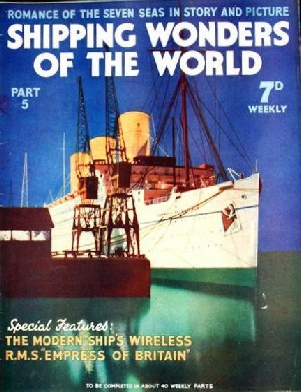
Contents of Part 5
Salute to a Hero
Continuing the story of the most famous Q-ship officer, Gordon Campbell. Concluded from part 4
The Modern Ship’s Wireless
This chapter describes the main features of the powerful and sensitive equipment that keeps the vessel in constant touch with other ships and with the shore.
RMS Empress of Britain
Outstanding as an engineering achievement and for the beauty of her lines, the Canadian Pacific Fleet’s flagship which links Great Britain with Canada is one of the finest modern luxury liners. Launched in 1930, the Empress of Britain, with a gross tonnage of 42,348, crossed the Atlantic from Quebec to Cherbourg in four days six hours and fifty-eight minutes, a splendid performance, and one of the fastest west to east runs on record.
This is the third article in the series The World’s Largest Ships.
Famous Ships
(photogravure supplement)
Contents of Part 5 (continued)
”There She Blows!”
This is the traditional cry of the whaling men,who are among the hardiest of those who go down to the sea in ships. Margarine, perfume, leather and glycerin are important by-products of whales, which are this a link with modern civilization. There is a chapter on Pelagic Whaling in part 45.
Battleships and Cruisers
Despite challenges to its supremacy from aircraft and submarines, the battleship continues to stand high in world-naval opinion, which still regards it as the central unit of the modern fleet. This is the second article in the series The Navy Goes to Work.
The Large Home-Trade Coaster
As the outcome of a period of intense development in the British coastal trade in recent years new ships of all kinds have been built. The British Coast, is one of a special class. She was built for the Coast Lines seaway, between London and Liverpool, and makes calls at intermediate ports such as Southampton, Plymouth and Falmouth. Built by Henry Robb & Co, of Leith, she is a fast vessel.
This is the third article in the series on Merchant Ship Types.
Raising a 24,000 Ship
The Leonardo da Vinci, a £2,000,000 Italian battleship, blew up in the Bay of Taranto in 1916, turned turtle and sank, with a loss of 250 lives, in 36 feet of water. The recovery of the Leonardo da Vinci is a notable example of the salvage engineer’s skill.
This is the second article in the series Dramas of Salvage. The article is concluded in part 6.
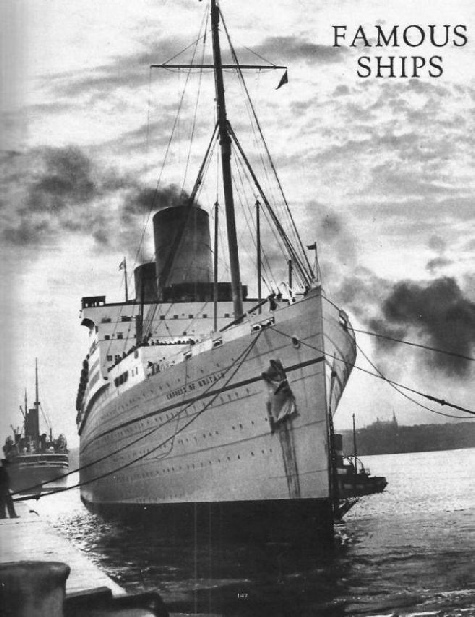
Famous Ships
The photogravure supplement in this issue complemented the article on the Empress of Britain with four fine ship portraits.
RMS Empress of Britain
A magnificent study of the Canadian Pacific liner Empress of Britain. This fine vessel of 42,348 gross tonnage was launched by HRH the Prince of Wales on June 11 1930. After the launch the vessel was towed to the fitting-out basin, where the completion proceeded swiftly. The vessel left the fitting-out basin in April 1931, and the entire construction and equipment of the Empress of Britain took fewer than two and a half years. In 1934 the ship made a record voyage from Quebec to Cherbourg in four days six hours fifty-eight minutes.
The Mauretania
Former Queen of the Ocean, RMS Mauretania, of the Cunard White Star Line. This world-famous ship of 30,695 gross tons, built in 1907, held the record for twenty years for the fastest Atlantic passage. In 1909 she accomplished the crossing from Queenstown (Cobh), Ireland, in four days ten hours forty-one minutes. The record was taken from the great ship in 1929 by the German liner Bremen. The Mauretania, scrapped in 1935, could carry 520 first-class, 434 tourist class and 625 third-class passengers.
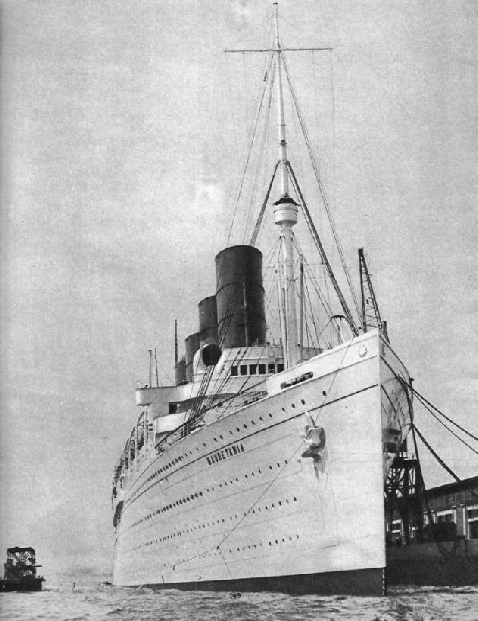
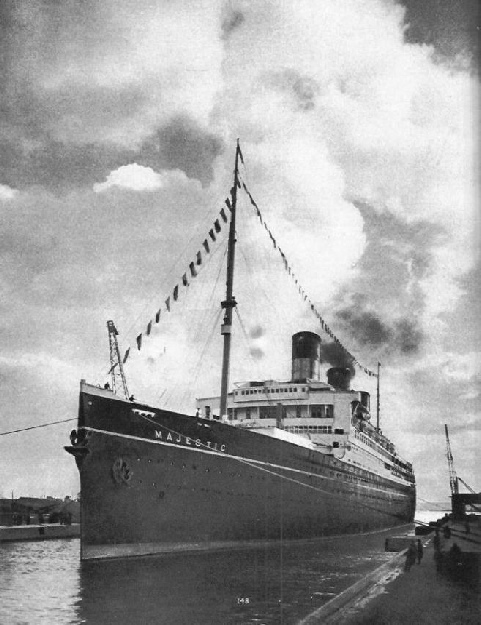
The Majestic
One of the largest ships afloat, the Majestic, owned by the Cunard White Star Line. This quadruple-screw vessel has a gross tonnage of 56,599, and a normal speed of 24 knots. Her length is 954 feet, breadth 100 feet, and depth from keel to boat deck 102 feet. Propulsion is by geared turbines, supplied from boilers fired by oil fuel. Her passenger capacity is 860 first-class, 676 tourist class and 626 third-class.
